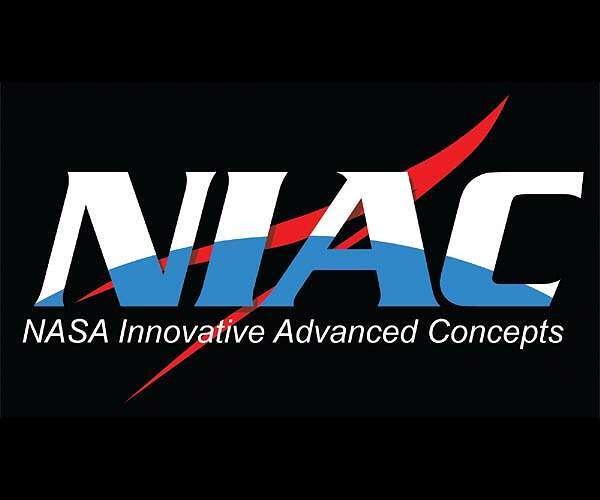9.01.2024

The 2024 NIAC Phase I awards represent a significant investment in the future of space exploration and technology. The selected projects, though still in their conceptual stages, hold the potential to yield groundbreaking advancements for NASA and its partners worldwide.
NASA has officially announced the selection of 13 innovative concepts for its 2024 Phase I awards under the NASA Innovative Advanced Concepts (NIAC) program. This program is renowned for funding early-stage technology concept studies that hold the potential to radically transform future agency missions, as well as offering possibilities for commercialization. The awardees, hailing from diverse companies and institutions across the United States, present a vibrant array of proposals ranging from low Earth orbit explorations to ventures reaching the stars.
Each of the 2024 NIAC Phase I awardees will receive a maximum of $175,000 in grants. This funding is intended to evaluate technologies that may play a crucial role in the space missions of tomorrow. NASA Associate Administrator Jim Free emphasized the significance of the NIAC program, stating, "The daring missions NASA undertakes for the benefit of humanity all begin as just an idea, and NIAC is responsible for inspiring many of those ideas." He further highlighted the successful lineage of past NIAC projects, such as the Ingenuity helicopter on Mars and instruments on the MarCO deep space CubeSats, illustrating the program's track record in turning creative concepts into mission successes.
Among the standout proposals in this year's selection is the concept by Ge-Cheng Zha from Coflow Jet LLC in Florida. Zha proposed the development of "MAGGIE," a novel fixed-wing, electric vertical takeoff, and landing craft destined for Mars. If successful, MAGGIE could significantly enhance our capability to explore and conduct scientific research on the Red Planet. Another intriguing proposal comes from Thomas Eubanks of Space Initiatives Inc., also in Florida. Eubanks envisions a swarm of tiny spacecraft journeying to Proxima Centauri within this century, utilizing a creative laser sailcraft and laser communications system to relay data about our Sun's nearest interstellar neighbor.
NASA's own Geoff Landis, based at the Glenn Research Center in Cleveland, offered a different yet equally novel proposal. He suggested a spacecraft designed to withstand the harsh environment of Venus and capable of returning a sample from its surface, leveraging advancements in high-temperature technology and solar aircraft.
Mike LaPointe, the NIAC program executive at NASA Headquarters, praised the diversity of the 2024 Phase I projects, noting their range from quantum sensors observing Earth's atmosphere to spacecraft communicating from the next star. LaPointe's statement underscores NASA's commitment to pushing the boundaries of what's possible in space exploration and technology.
The NIAC grants will enable the researchers, referred to as fellows, to delve into the fundamental premise of their concepts. They will map out necessary technology development, identify potential challenges, and seek opportunities to bring these innovative ideas to fruition.
The 2024 NIAC Phase I selection also includes a variety of other promising projects. These range from Steven Benner's proposal to augment large-scale water mining operations on Mars for life screening, to Lynn Rothschild's concept for detoxifying Mars by biocatalytically eliminating omnipresent perchlorates. Each project reflects the forward-thinking spirit that NASA's Space Technology Mission Directorate, responsible for funding the NIAC program, seeks to promote. This directorate is pivotal in developing new, cross-cutting technologies and capabilities to achieve NASA's current and future missions.
Quelle: SD

